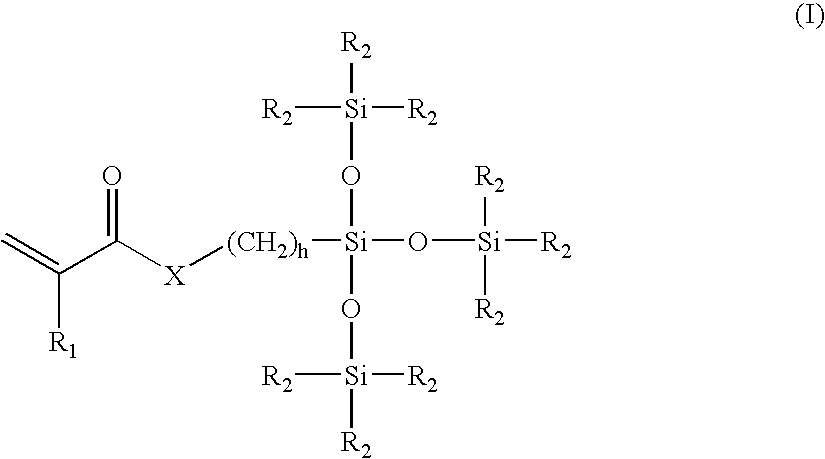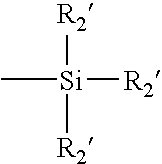Use of a super-cooled fluid in lens processing
a technology of super-cooled fluid and contact lens, which is applied in the field of contact lens processing, can solve the problems of affecting affecting the performance of the contact lens, and removing the contact lens coating, so as to increase the modulus of the ophthalmic lens and improve the modulus of the contact lens
- Summary
- Abstract
- Description
- Claims
- Application Information
AI Technical Summary
Benefits of technology
Problems solved by technology
Method used
Image
Examples
Embodiment Construction
[0021] One method in practice for making ophthalmic lenses including contact lenses and intraocular lenses is cast molding. Cast molding of ophthalmic lenses involves depositing a curable mixture of polymerizable lens materials, such as pre-polymers, in a mold cavity formed by two assembled mold sections, curing the mixture, disassembling the mold sections and removing the molded lens. As used herein, the term “pre-polymer” and like terms denote compounds that are inserted into an ophthalmic lens mold to be polymerized by free radical polymerization, the term includes monomers and macromonomers and related terms.
[0022] Other post-molding processing steps may also be employed. Representative cast molding methods are disclosed in U.S. Pat. No. 5,271,875 (Appleton et al.); U.S. Pat. No. 4,197,266 (Clark et al.); U.S. Pat. No. 4,208,364 (Shepherd); U.S. Pat. No. 4,865,779 (Ihn et al.); U.S. Pat. No. 4,955,580 (Seden et al.); U.S. Pat. No. 5,466,147 (Appleton et al.); and U.S. Pat. No. ...
PUM
| Property | Measurement | Unit |
|---|---|---|
| Temperature | aaaaa | aaaaa |
| Time | aaaaa | aaaaa |
| Time | aaaaa | aaaaa |
Abstract
Description
Claims
Application Information
 Login to View More
Login to View More - R&D
- Intellectual Property
- Life Sciences
- Materials
- Tech Scout
- Unparalleled Data Quality
- Higher Quality Content
- 60% Fewer Hallucinations
Browse by: Latest US Patents, China's latest patents, Technical Efficacy Thesaurus, Application Domain, Technology Topic, Popular Technical Reports.
© 2025 PatSnap. All rights reserved.Legal|Privacy policy|Modern Slavery Act Transparency Statement|Sitemap|About US| Contact US: help@patsnap.com



